How Bankrupt American Cities Stay Alive – Debt [ST04] – Not Just Bikes YouTube Channel
Category: Urban Planning
The City Grid Comeback
The City Grid Comeback – Freethink YouTube Channel
Congress of New Urbanism – Public Square – A CNU Journal article, “Texas city adopts street grid and code”
City of Bastrop, Texas – Bastrop Building Block (B3) Code (Chapter 14)
-
-
- Physical Design & Walkability
-
Zoning reform needed.
Why So Many American Homes Are Flimsy – Cheddar Explains
Why So Many American Homes Are Flimsy – Cheddar YouTube Channel
-
-
- Physical Design & Walkability
-
-
-
- Upgrade all existing buildings
-
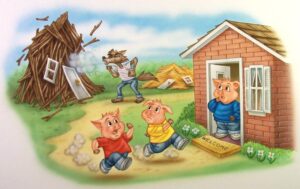
Building Construction Categories (ISO)
(From irmi.com)
Categories of building construction established by Insurance Services Office, Inc. (ISO), in its Commercial Lines Manual (CLM) for purposes of developing rates for insuring commercial property, based on susceptibility to damage by fire. The six ISO CLM building construction categories and the associated ISO construction codes, from the least fire-resistive category to the most fire-resistive category, are as follows.
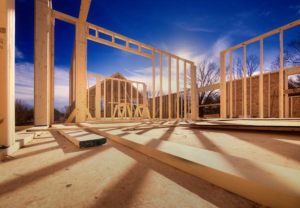
Frame—Exterior walls of wood, brick veneer, stone veneer, wood ironclad, or stucco on wood. Examples: Housing, with no more than 3‐4 stories. (Construction Code 1)
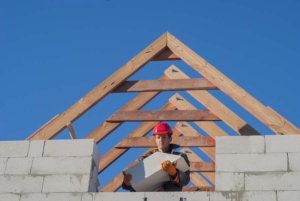
Joisted Masonry—Exterior walls of masonry material (adobe, brick, concrete, gypsum block, hollow concrete block, stone, tile, or similar materials) with combustible floor and roof. Examples: Housing, small office or retail spaces with no more than 3‐4 stories. (Construction Code 2)
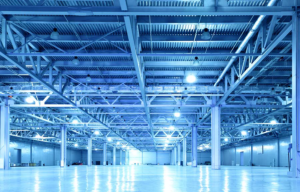
Noncombustible—Exterior walls, floor, and supports made of metal, asbestos, gypsum, or other noncombustible materials. Examples: Warehouses and manufacturing facilities. (Construction Code 3)
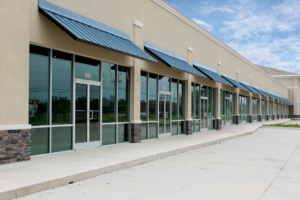
Masonry Noncombustible—Same as joisted masonry except that the floors and roof are of metal or other noncombustible materials. Examples: Shopping centers, strip malls, office buildings, warehouses and schools. (Construction Code 4)
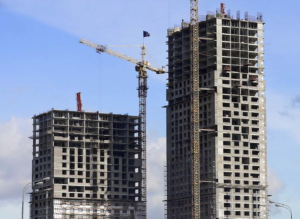
Modified Fire Resistive—Exterior walls, floors, and roof of masonry or fire-resistive material with a fire resistance rating of at least 1 hour but less than 2 hours. Examples: High and mid‐rise office buildings and condos. (Construction Code 5)
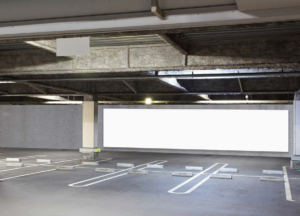
Fire Resistive—Exterior walls, floors, and roof of masonry or fire-resistive materials with a fire resistance rating of at least 2 hours. Examples: High‐rise office buildings, condos or parking garages. (Construction Code 6)
Why American Cities Are Broke – The Growth Ponzi Scheme
Why American Cities Are Broke – The Growth Ponzi Scheme [ST03] – Not Just Bikes YouTube Channel
How Suburban Development Makes American Cities Poorer
How Suburban Development Makes American Cities Poorer [ST02] – Not Just Bikes YouTube Channel
Strong Towns & Financially Insolvent American Cities
Introduction to Strong Towns & Financially Insolvent American Cities [ST01] – Not Just Bikes YouTube Channel
How to design a great street
How to design a great street – City Beautiful YouTube Channel
-
-
- Physical Design & Walkability
- Green Initiatives
- Cultural Economic Development
- Entrepreneurship
-
The Case Against Single-Family Zoning
The Case Against Single-Family Zoning – City Beautiful YouTube Channel
Strong Towns | Charles Marohn | Talks at Google
Strong Towns | Charles Marohn | Talks at Google
-
-
- Slow Decline: Why our cities are on the cusp of a long, slow decline, and how to approach the challenge rationally
- Bad Growth: Why inducing growth and development has been the conventional response to urban financial struggles—and why it just doesn’t work
- Productiveness: Why old and blighted areas are often more financially productive than shiny new ones
- Little Bets: The power of “little bets” to strengthen communities and improve the lives of citizens
- Public Engagement: How humble public engagement can create amazing insights
- Better People: The surprising ways that strong neighborhoods make us better people
-
Did pedestrian malls ruin U.S. downtowns?
Did pedestrian malls ruin U.S. downtowns? – City Beautiful YouTube Channel
